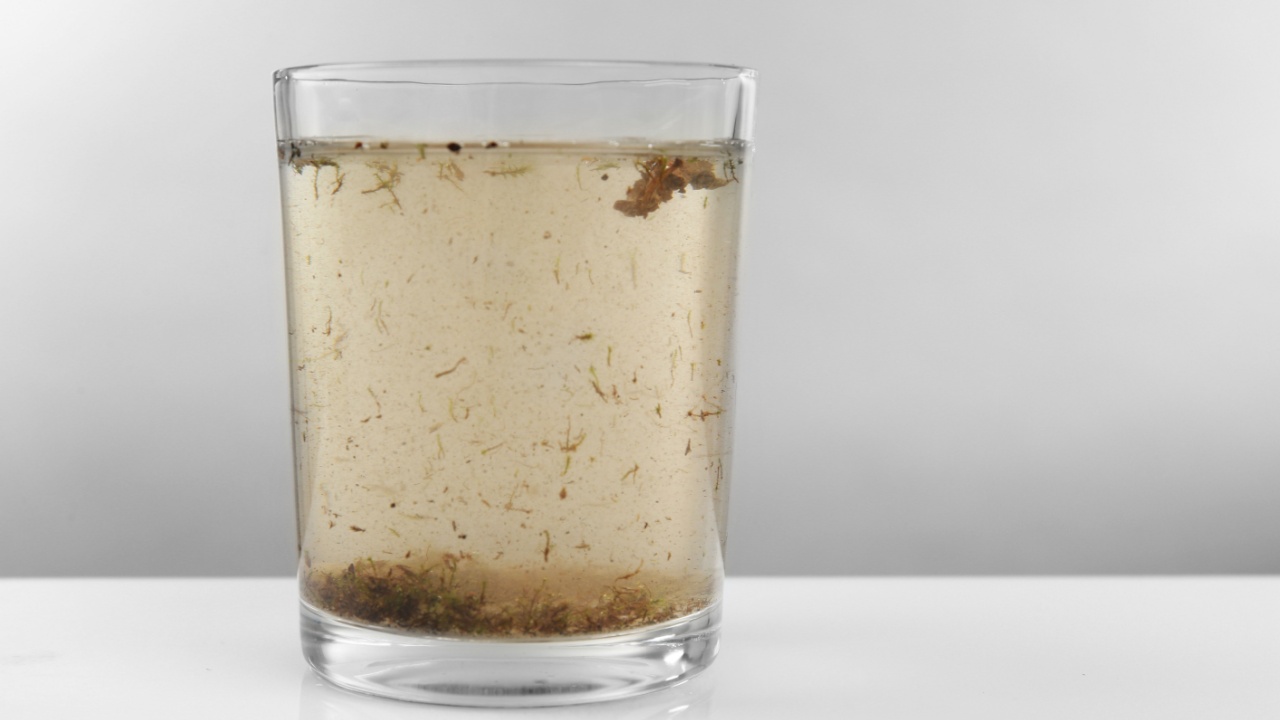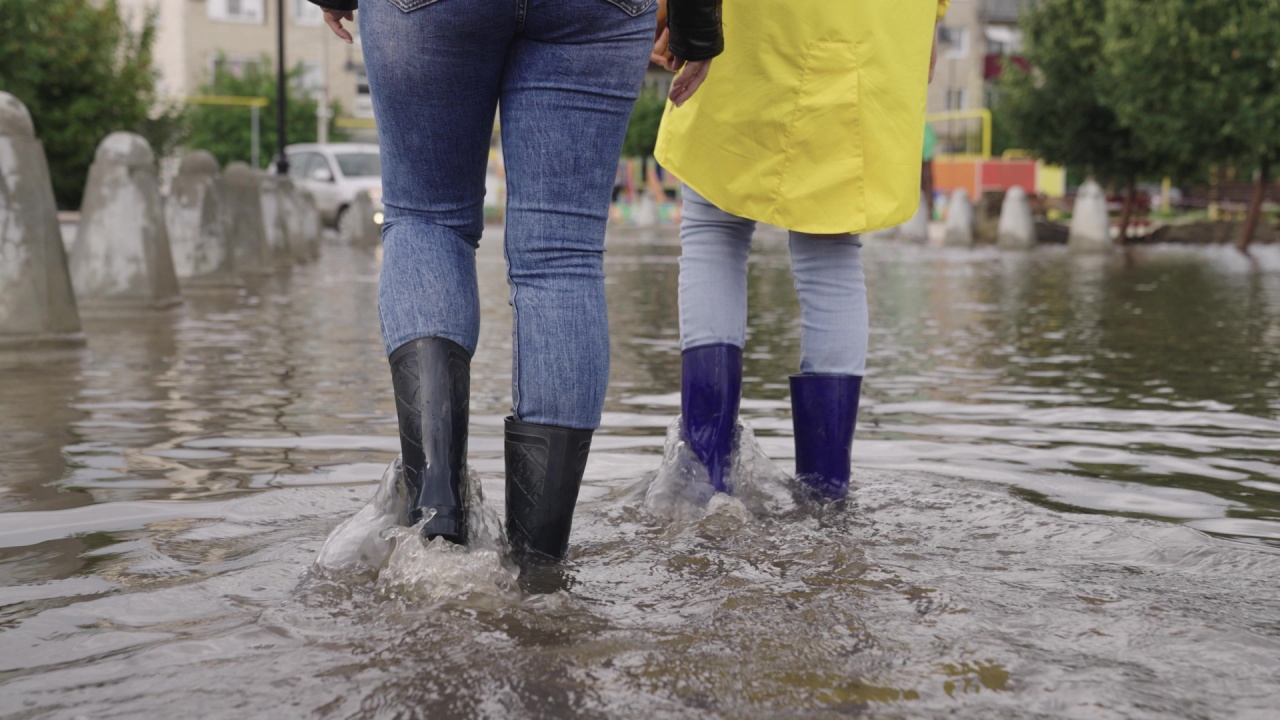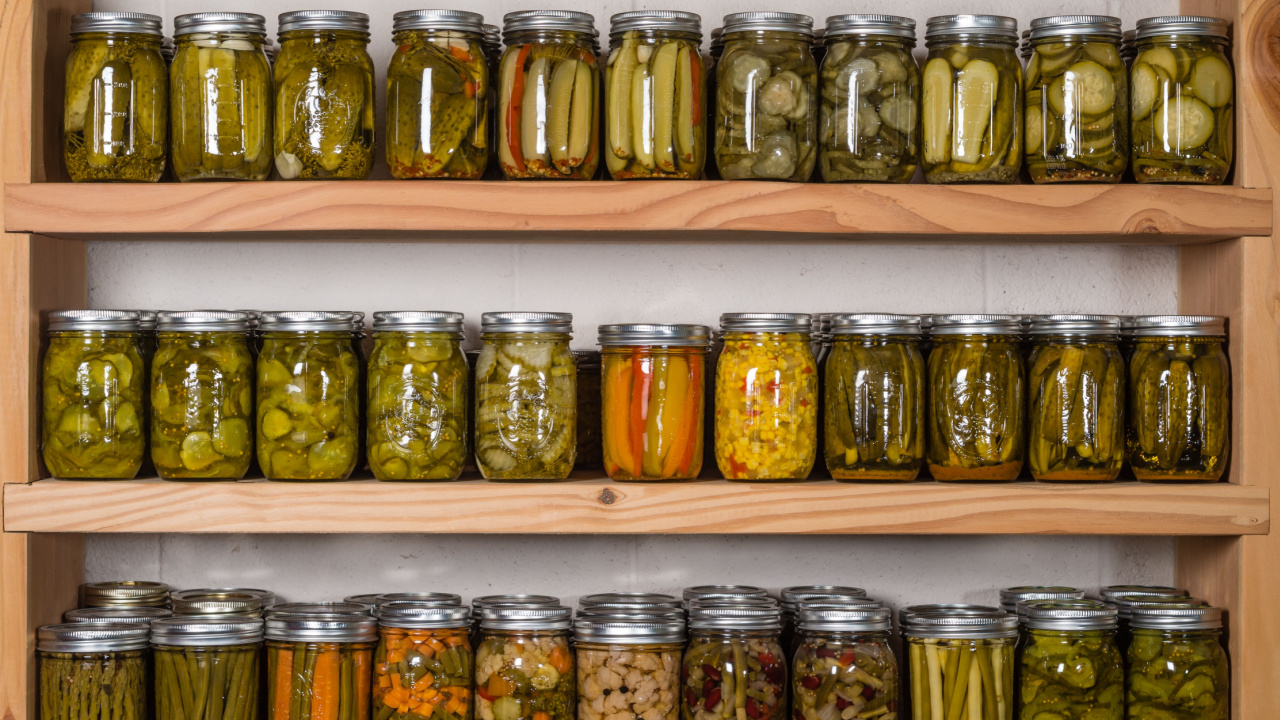Access to clean, safe drinking water is essential for survival, but unfortunately, water supplies can become contaminated or compromised in various ways. As a homesteader or prepper, it’s crucial to be aware of the signs that your water supply may be at risk, so you can take appropriate action to protect yourself and your family.
1. Strange Taste or Odor

If your water suddenly develops an unusual taste or smell, such as a strong chlorine odor, a metallic taste, or a rotten egg smell, it could be a sign of contamination. These changes can indicate the presence of harmful bacteria, chemicals, or other pollutants in your water supply.
2. Cloudy or Discolored Water

Water that appears cloudy, murky, or has a strange color (such as brown, yellow, or green) is another warning sign. Cloudiness can be caused by sediment, while discoloration may result from rust, minerals, or algae growth in the water supply.
3. Visible Particles or Sediment

If you notice particles floating in your water or sediment settling at the bottom of your glass, it’s a clear indication that your water is not pure. These particles can include sand, dirt, or other debris that may have entered the water supply through cracks or leaks in the distribution system.
4. Gastrointestinal Illness

If you or your family members experience sudden or unexplained gastrointestinal symptoms, such as nausea, vomiting, or diarrhea, it could be due to waterborne pathogens. Contaminated water can harbor bacteria, viruses, and parasites that cause serious illnesses.
5. Corroded Pipes or Fixtures

Visible corrosion on your pipes, faucets, or other plumbing fixtures can signal that your water has high levels of acidity or other harmful substances. Over time, these contaminants can leach metals like lead or copper into your drinking water, posing serious health risks.
6. Reduced Water Pressure

A sudden drop in water pressure can indicate a problem with your water supply, such as a leak or break in the distribution system. Low pressure can allow contaminants to enter the water supply through cracks or gaps in the pipes.
7. Notifications from Local Authorities

If your local water utility or public health department issues a warning or notice about potential water contamination, take it seriously. These alerts may be issued due to a variety of reasons, such as a water main break, a treatment plant malfunction, or the detection of harmful substances in the water supply.
8. Nearby Agricultural or Industrial Activities

Living in close proximity to agricultural or industrial sites can increase the risk of water contamination. Pesticides, fertilizers, and chemicals used in these operations can seep into groundwater or runoff into nearby water sources.
9. Malfunctioning Water Treatment Systems

If you have a private well or water treatment system, regular maintenance is essential to ensure the water remains safe to drink. Malfunctioning filtration systems, broken seals, or damaged components can allow contaminants to enter your water supply.
10. Dead Animals Near Water Sources

Discovering dead animals, such as birds or fish, near your water source is a major red flag. This can indicate the presence of toxic substances or harmful algal blooms in the water, which can pose serious health risks to humans and wildlife alike.
11. Algal Blooms

The presence of algal blooms in lakes, rivers, or reservoirs can be a sign of water contamination. Some algal blooms, particularly those involving blue-green algae, can produce toxins that are harmful to humans and animals if ingested.
12. Flooding or Heavy Rainfall

Heavy rainfall or flooding events can overwhelm water treatment facilities and cause contamination of water sources. Floodwaters can carry sewage, chemicals, and other pollutants into drinking water supplies, making them unsafe for consumption.
13. Unauthorized Access to Water Sources

If you notice signs of unauthorized access or tampering around your well, water tank, or other water sources, it could indicate a potential contamination risk. Vandalism, broken locks, or damaged fencing can allow contaminants to enter your water supply.
14. News Reports of Water Contamination

Stay informed about water quality issues in your area by following local news and media outlets. Reports of water contamination, boil water advisories, or other water-related incidents can alert you to potential risks and help you take appropriate precautions.
15. Cybersecurity Breaches

In an increasingly connected world, even water systems can be vulnerable to cyber attacks. Hackers targeting water treatment facilities or distribution systems can potentially manipulate water quality or cause disruptions to the water supply. Stay vigilant and report any suspicious activities to the proper authorities.
31 Ways to Boost Home Security: How to Fortify Your Fortress and Deter Burglars

We sadly live in a society where it’s all too common for criminals to want to take what we’ve worked hard to get. The results of a break-in are traumatic, too. Beyond just losing your stuff. Victims often feel violated, anxious, and unsafe, sometimes for years after the event.
Prevention is the best way to stay safe. And, while you shouldn’t have to turn your home into a fortress, that’s the stark reality of our world. But you can take plenty of simple steps to deter burglars and ensure your home is less attractive to would-be thieves.
25 Winter Foraging Foods to Save Money on Your Grocery Bill

With food prices going up by 15% from October 2021 to October 2023, finding ways to cut down your grocery bills is more important than ever. Winter foraging is an awesome way to add to your pantry for free. Yes, you get free food in the form of wild edibles, but it’s also fun for the whole family, gets you moving, and reconnects you with nature.
Even though foraging in winter seems hard compared to the bounty of late summer, there’s still plenty out there if you know where to look. Plus, if things do go south, you need to know how to get wild foods to survive when there are no old-world supplies to access.
23 Smart Ways to Preserve Food

Preserving food is an art as much as it is a science, tapping into our ancestral roots and addressing modern needs. Whether you’re looking to avoid waste, prepare for leaner times, or simply enjoy the fruits of your labor year-round, these 23 smart methods will guide you through. I’m a huge fan of preserving things I find on sale, gluts of produce from my homestead, or produce I’ve bartered with someone else.

